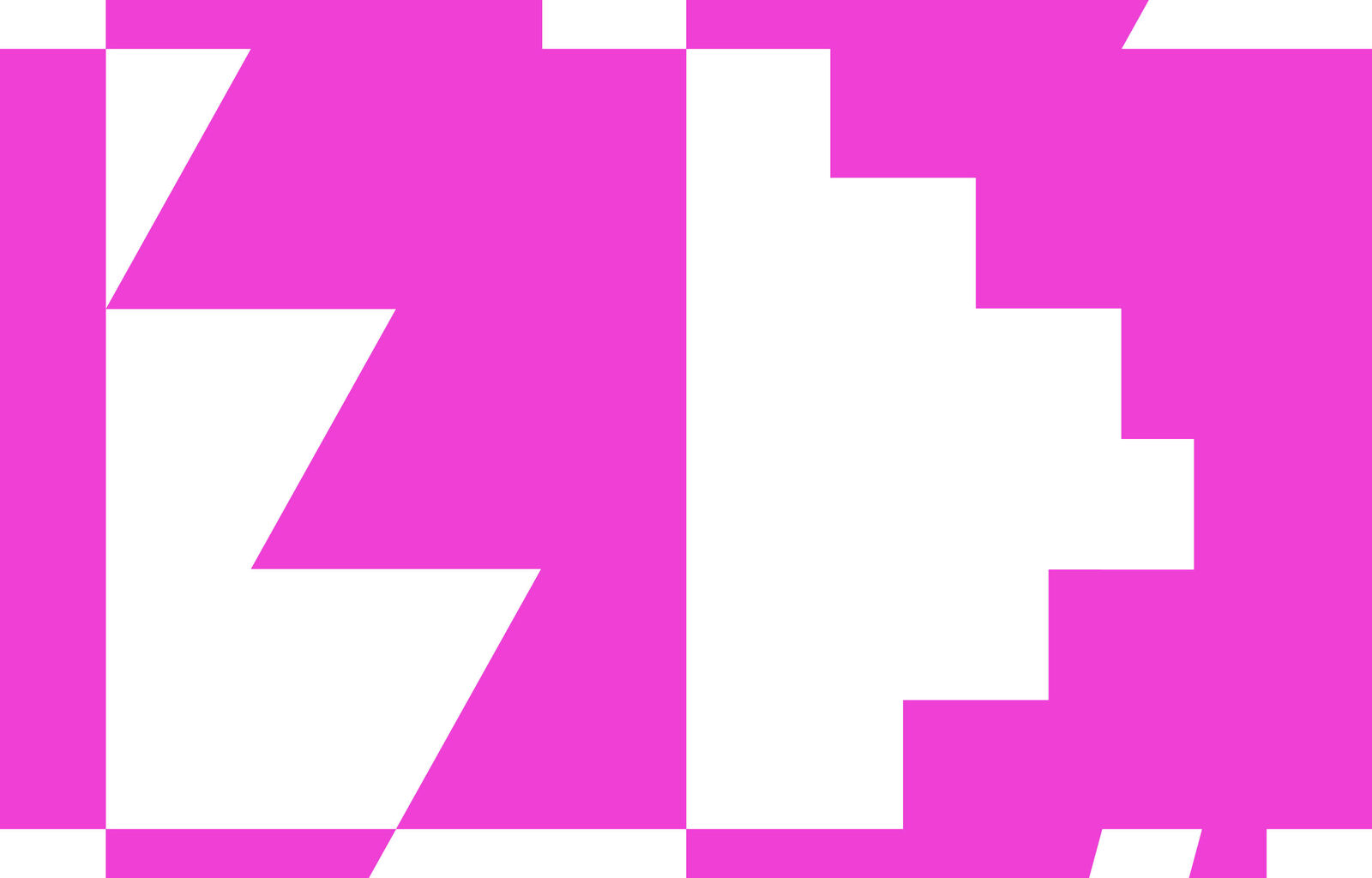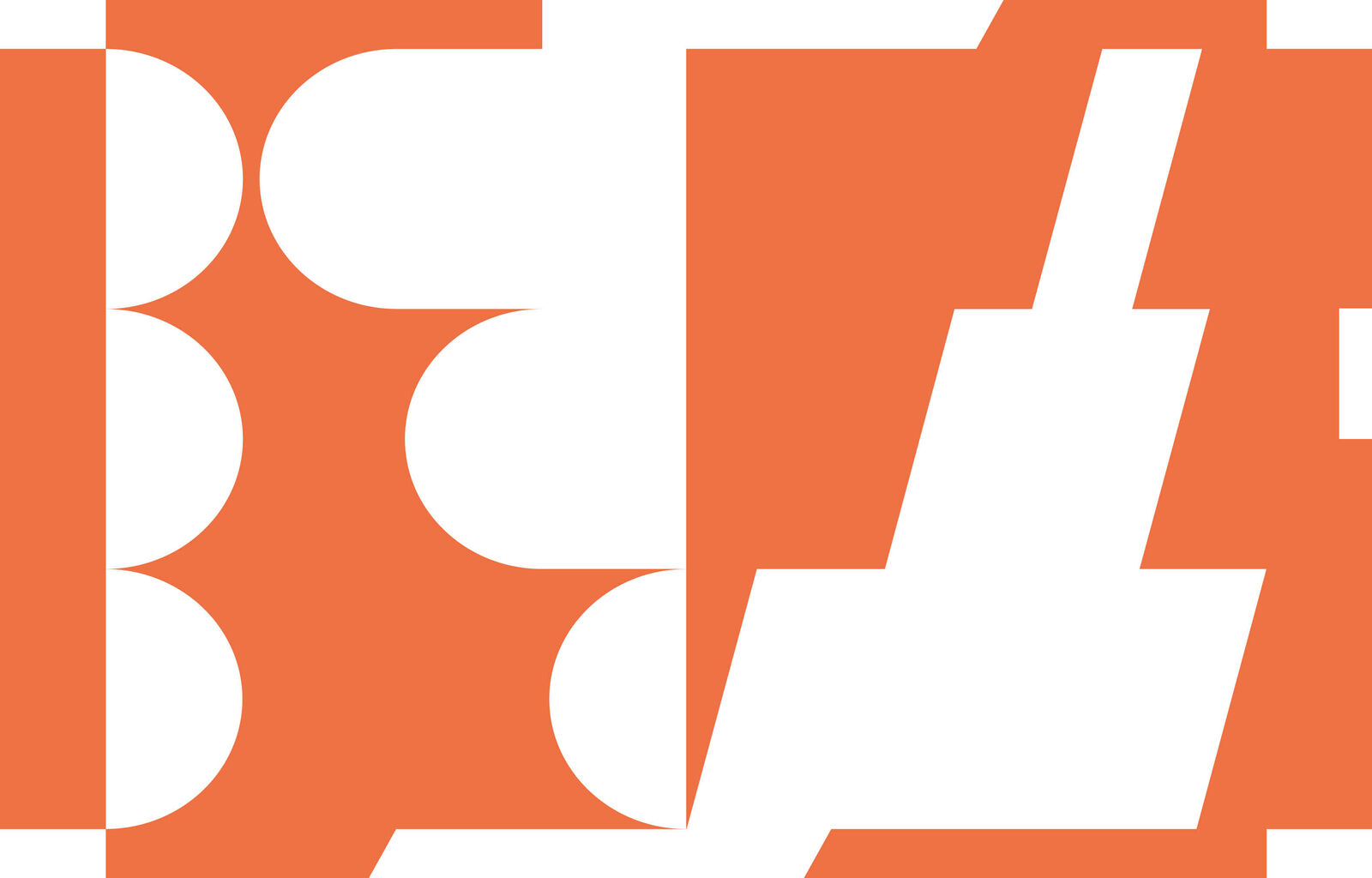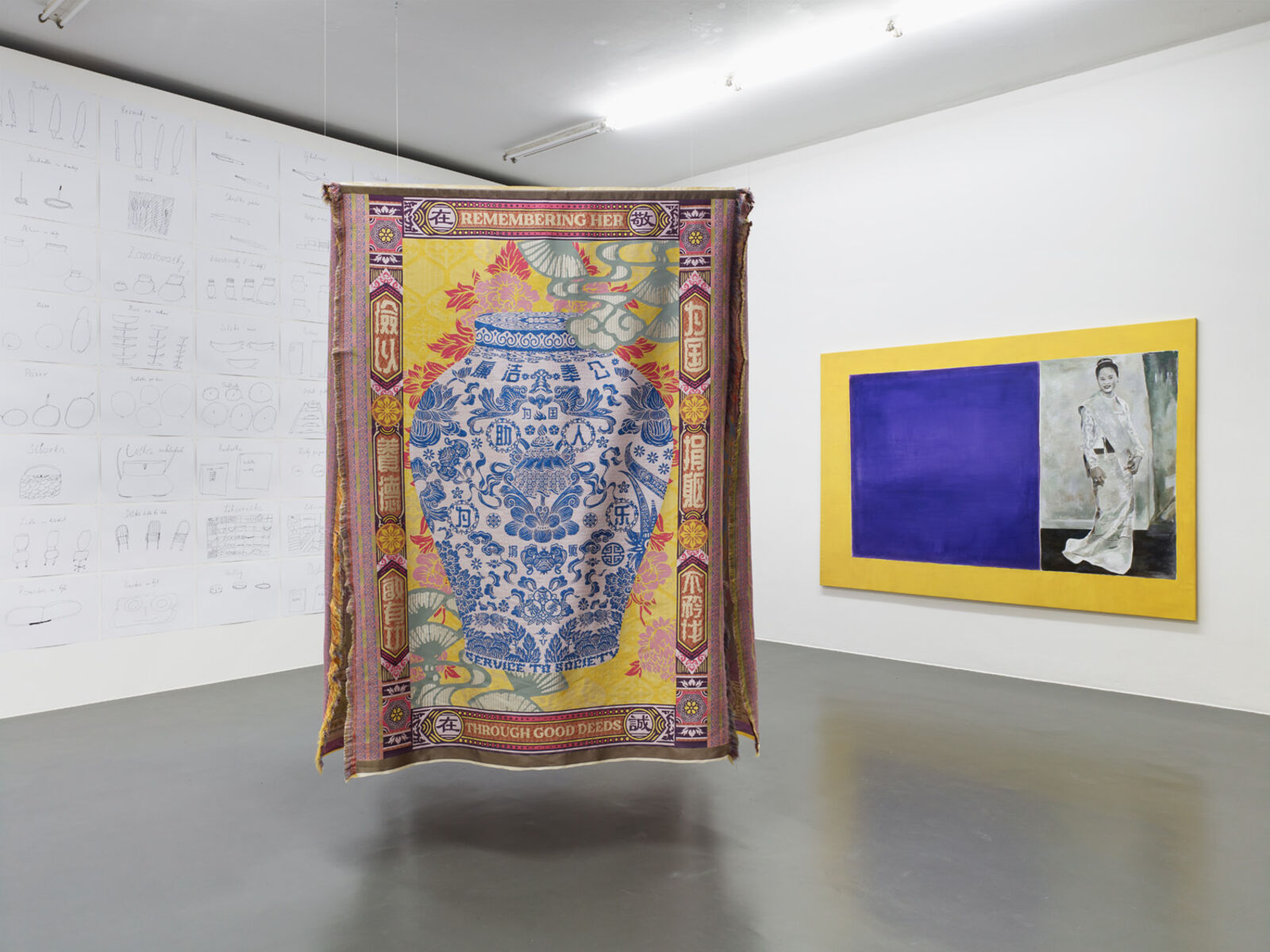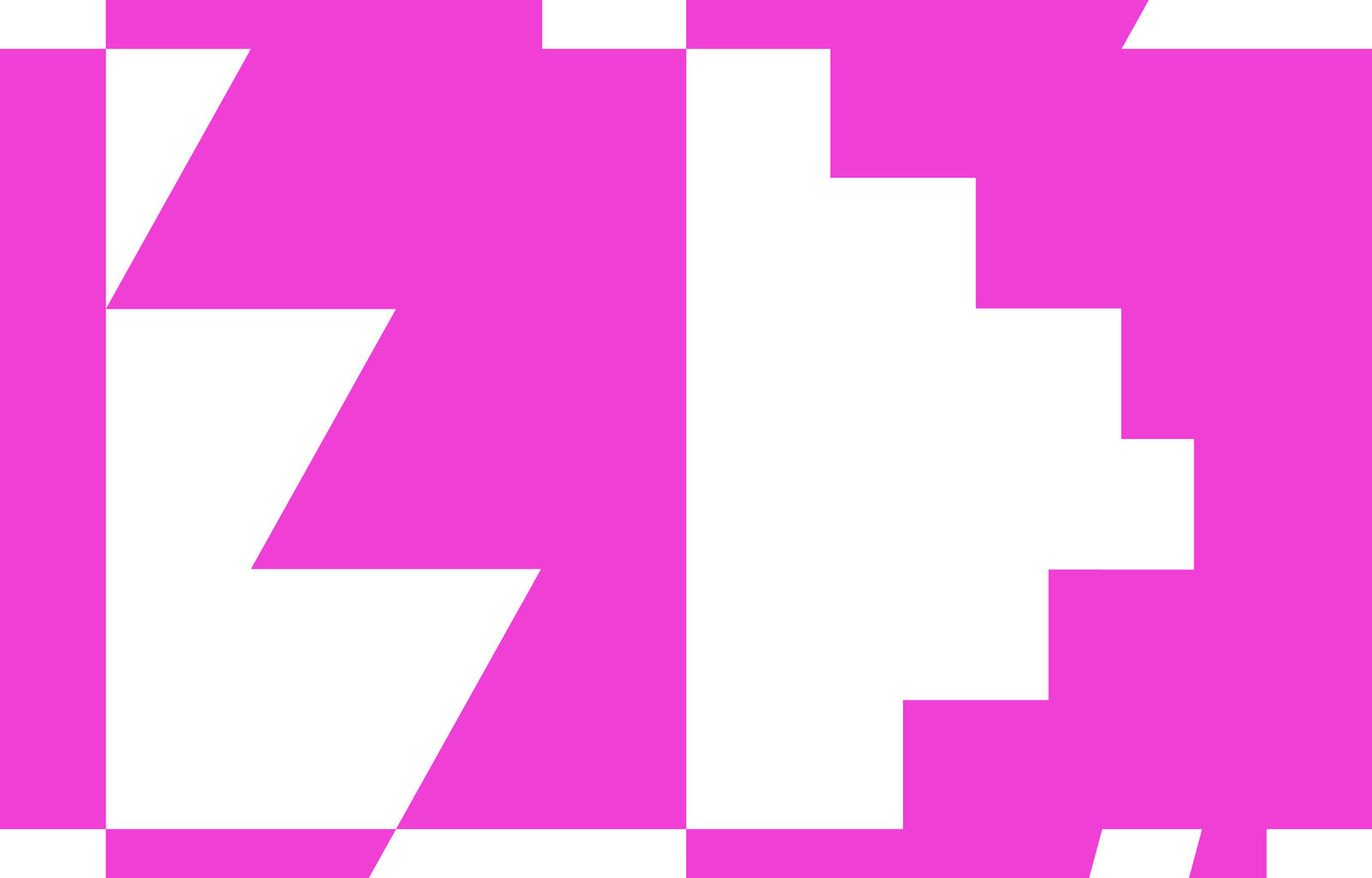My Oma
PARTICIPANTS
EXHIBITION:
Yto Barrada, Funda Baysal, Maria Pask, Meriem Bennani, Nurul Ain Binti Nor Halim, Lia Dostlieva, Andrii Dostliev, Shardenia Felicia, Yoeri Guépin, Ola Hassanain, Melike Kara, Susanne Khalil Yusef, Charlie Koolhaas, Liedeke Kruk, Marcos Kueh, Berette S Macaulay, Raimundas Malašauskas, Hana Miletić, Jota Mombaça, Amanda Möstrom, Sijben Rosa, Anri Sala, Asa Seresin, Julia Scher, Kateřina Šedá, Buhlebezwe Siwani, Judy Watson, Sawangwongse Yawnghwe, Bruno Zhu, A Maior, Stacii Samidin, Sara Sallam, Silvia Martes, Sheelasha Rajbhandari
SHOW AND TELL:
Ola Hassanain, Yoeri Guépin, Melike Kara, Raimundas Malašauskas, Amanda Moström, Maria Pask, Laure Prouvost, Sara Sallam, Asa Seresin.
MUSIC FOR MY OMA:
12 Tribes of Mars, Channa Boon, Cosmic Bride, Elsa van der Linden, Eveline Ypma, Gabriel de Oliveira, Het Duo Leve: Jesperina Verheij and Mathilde Lettinga, Mallet Collective, Maria Magdalena Kozłowska, Melvin Moti, Peter Scherrebeck / Misty Superdeluxe
CURATORS:
Sofía Hernández Chong Cuy, Rosa de Graaf, Jessy Koeiman, Julija Mockute, Vivian Ziherl, Diana Campbell, Sun A Moon, Edward Gillman, Manuela Moscoso
ADVISORS:
Diana Campbell, Edward Gillman, Sun A Moon, Manuela Moscoso









